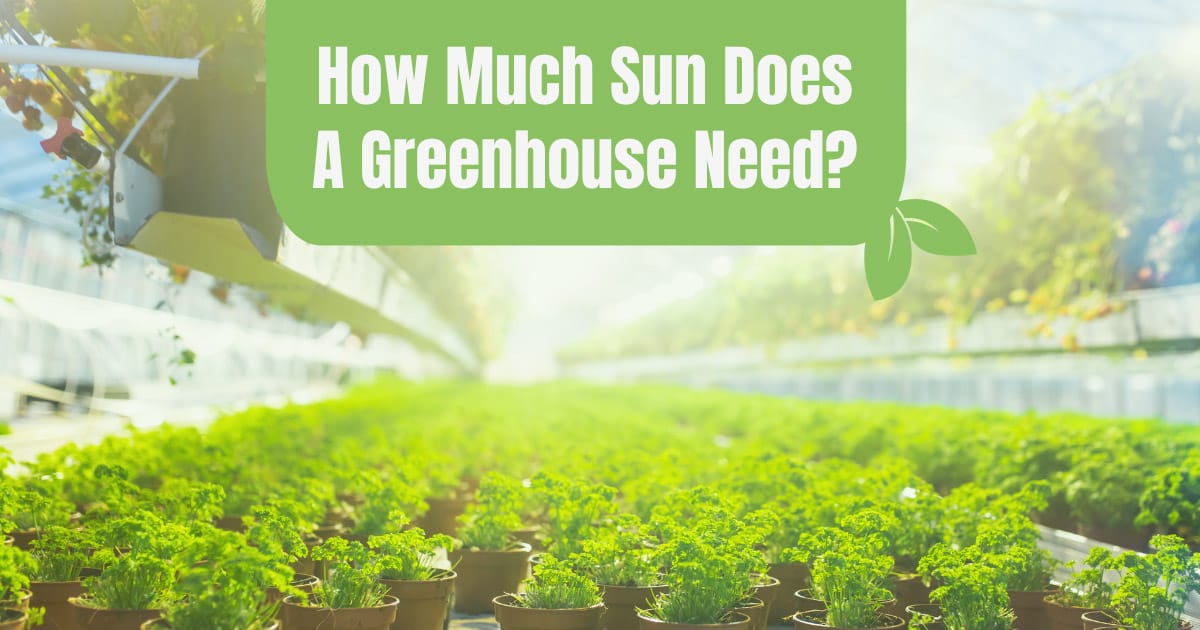
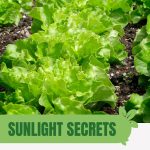






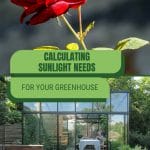

A burning question we often encounter is, “How much sun does a greenhouse need?” The short answer is that most plants benefit from at least 6 hours of direct sunlight per day during the growing season. The longer answer is that there is no “right amount of light” for all plants; some need more or less than others to thrive.
As you delve into this article, you’ll learn how to balance light and shade in your greenhouse to fit the needs of the different plants that you want to grow. We’ll also shed light on the benefits of direct sunlight and partial shade and offer practical tips based on our years of hands-on experience.
Whether you’re new to greenhouse gardening or not, this guide promises expert advice that will help your plants thrive in any greenhouse, from small greenhouses to commercial ones. So let’s embark on this enlightening journey together!
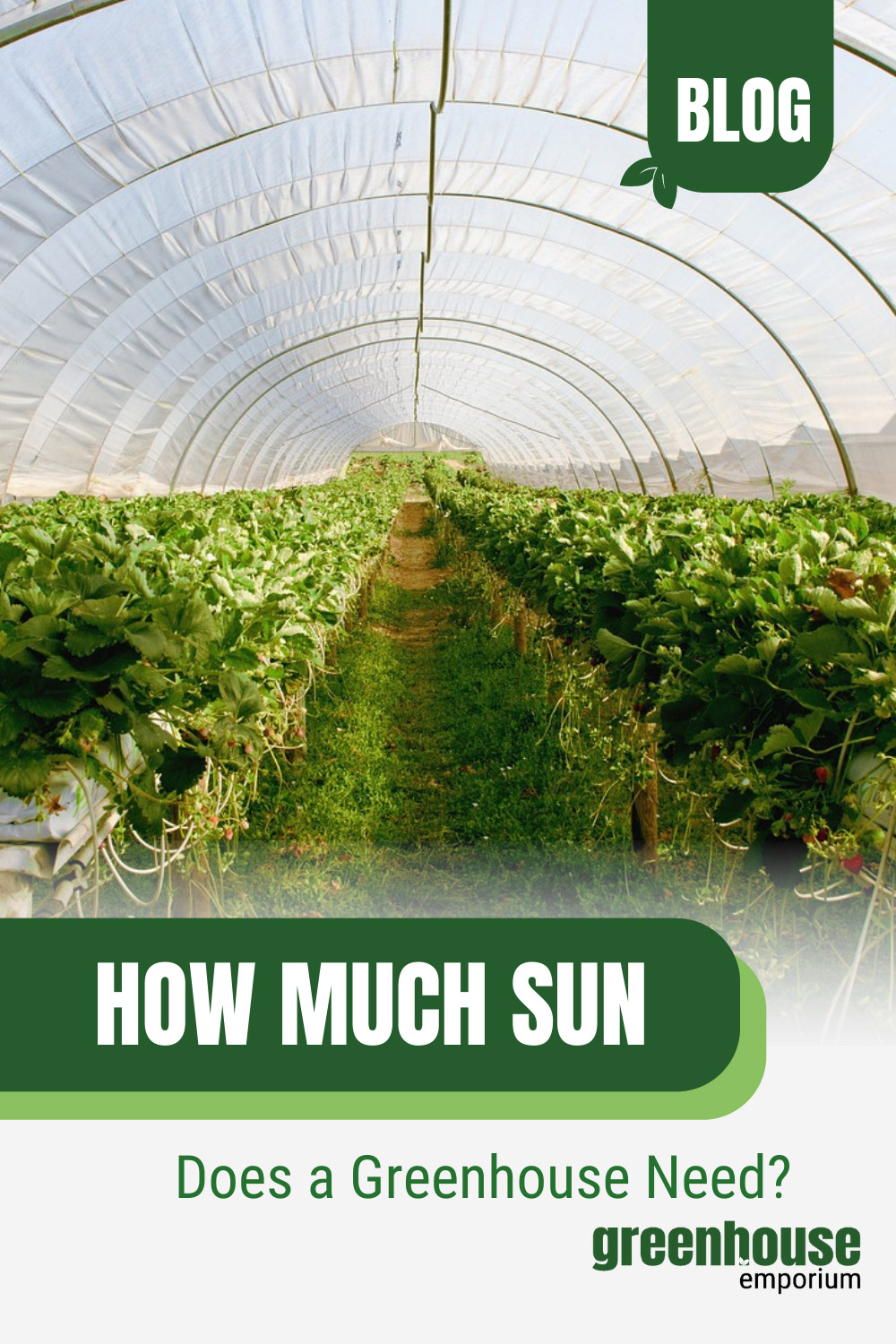
How much sun does a greenhouse need?
Most plants require a minimum of 6 hours of direct sun each day to thrive. Direct sun refers to natural sunlight that reaches plants without being filtered by clouds, leaves, or dirty windows. More sunlight is beneficial for sun-loving plants, but only up to a point. All plants need periods of darkness to develop properly, and moreover some plants are sensitive to too much direct sunlight.
Ultimately, there is no hard and fast rule for how much sunlight plants need to grow. Depending on the type of plants you’re growing, there may be multiple sunlight needs within your greenhouse. For example, light-loving plants like eggplants need at least 6-8 hours of direct sunlight each day, while shade-tolerant plants like spinach need just 2-4 hours of light per day. To learn more about how much sunlight different plants need, check out this resource.
Additionally, it’s important to consider what the sun does to your greenhouse. Over the course of a sunny day, heat from the sun’s rays gets trapped inside the greenhouse, heating it up and creating a greenhouse effect. This is beneficial during the winter months, but too much sunlight can heat up a greenhouse to the point where sensitive plants can start to dry out and/or overheat. Luckily, you can counteract this effect with a cooling or ventilation system.
Benefits of direct sunlight
Enhanced photosynthesis
Sunlight is the lifeblood of plants’ existence; it is what allows plants to photosynthesize and convert carbon dioxide and energy from the sun into sugar molecules and oxygen. Up to a point, more light means more photosynthesis, which results in faster, more robust growth in a shorter period of time.
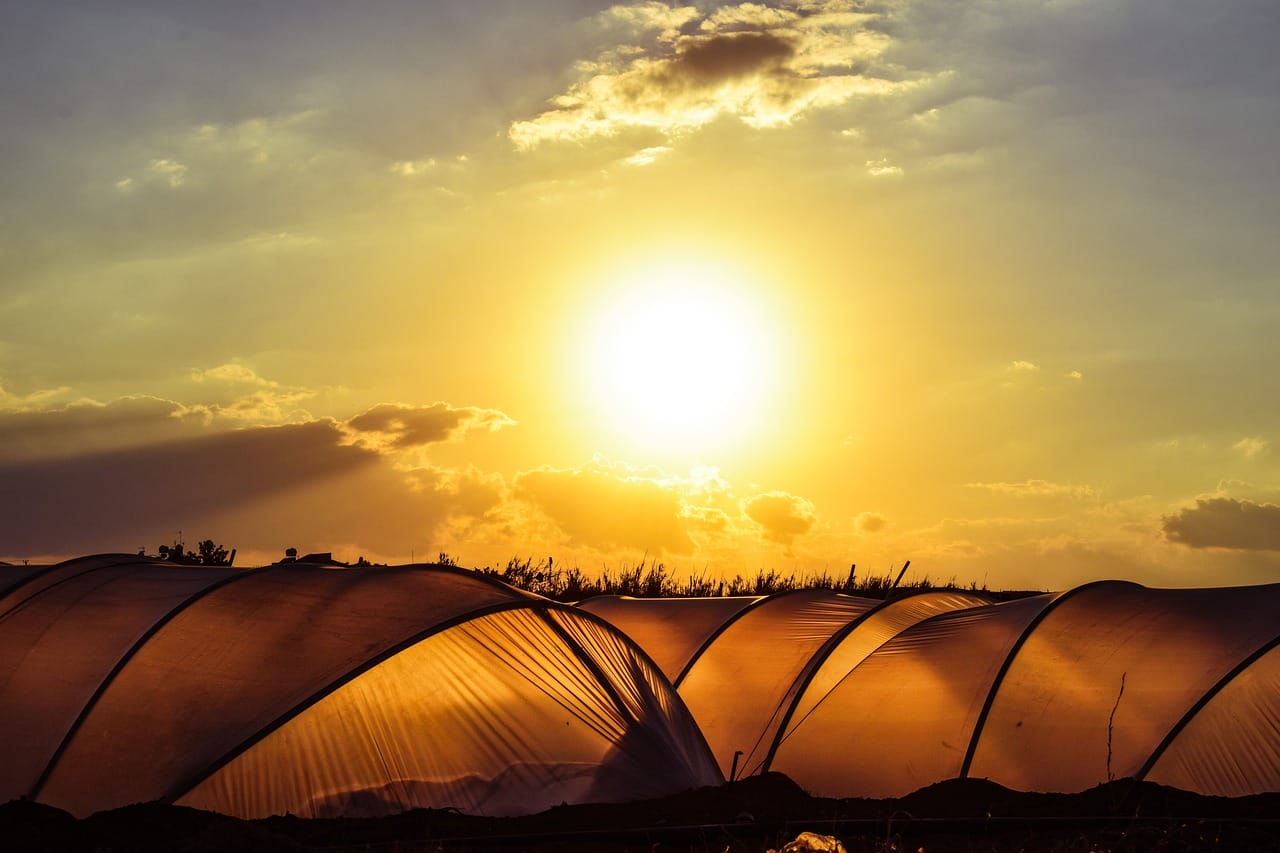
Increased solar heat gain
Thanks to the greenhouse effect, sunlight is the energy source that most efficiently heats up a greenhouse during the day. Full sun exposure ensures that the greenhouse soaks up all the warmth it can get, making it the best way to heat a greenhouse, especially during cooler months.
Reduced humidity levels
With the continuous influx of sunlight, greenhouses often maintain lower humidity levels. This reduction in moisture helps prevent the spread of annoyances like fungal disease and green algae, ensuring that your plants remain healthy.
Extended growing seasons
One of the marvels of a sunlit greenhouse is its ability to defy the limits of the natural growing season. With the added warmth and light, you can start your cultivation earlier in the spring and extend it well into the fall, or even winter, depending on your climate. The result? A longer growing season and, most importantly, higher crop yields.
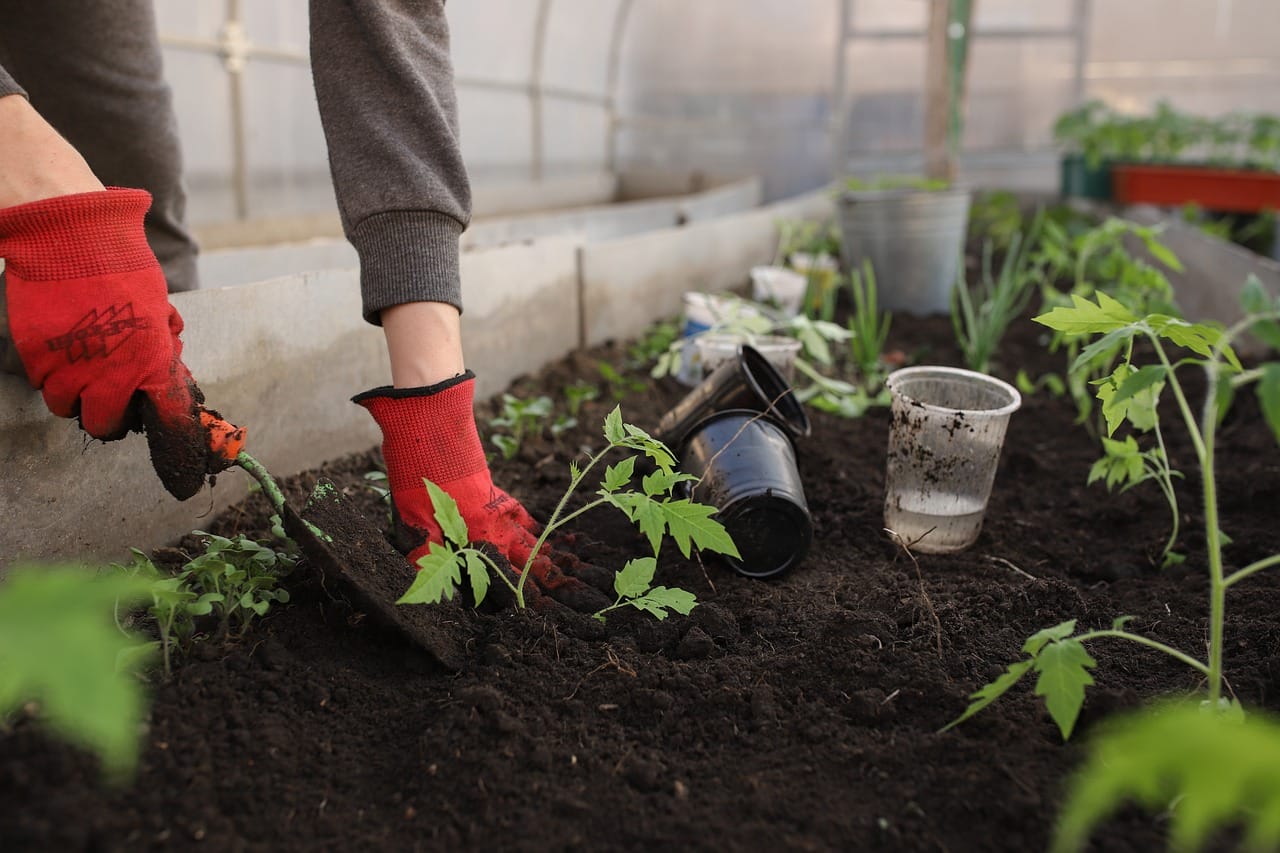
Enhanced nutrient absorption
Sunlight plays a pivotal role in the nutrient absorption process of plants. When plants receive enough sunlight, their roots are better equipped to absorb essential nutrients from the soil. This ensures that the plants not only grow taller and faster but also healthier; think of it like building up a fortified immune system.
Improved pest resistance
While light alone won’t eliminate pests, a bright, sunlit greenhouse can sometimes be less favorable for certain insects. Some growers have observed reduced activity from pests like aphids, spider mites, whiteflies, and thrips under well-lit conditions, especially when combined with specific light spectrums or UV-blocking materials.
Though results can vary, good lighting may play a helpful role as part of a broader integrated pest management strategy.
Benefits of shade
Heat reduction
While sunlight is essential, too much light can turn your greenhouse into a hot house. Shade acts as a natural thermostat, helping to keep the temperature inside the greenhouse from skyrocketing, especially during those scorching summer days.
In regions with particularly hot climates, a bit of shade can be the difference between a thriving greenhouse and a wilted garden. If your greenhouse isn’t already in a partially shaded spot, you can create a shady environment by installing a shade cloth system or by planting more sensitive plants under the canopies of other plants.
Protection from sunburn
Just as we humans need to protect ourselves from the harsh rays of the sun, plants too can suffer from overexposure.
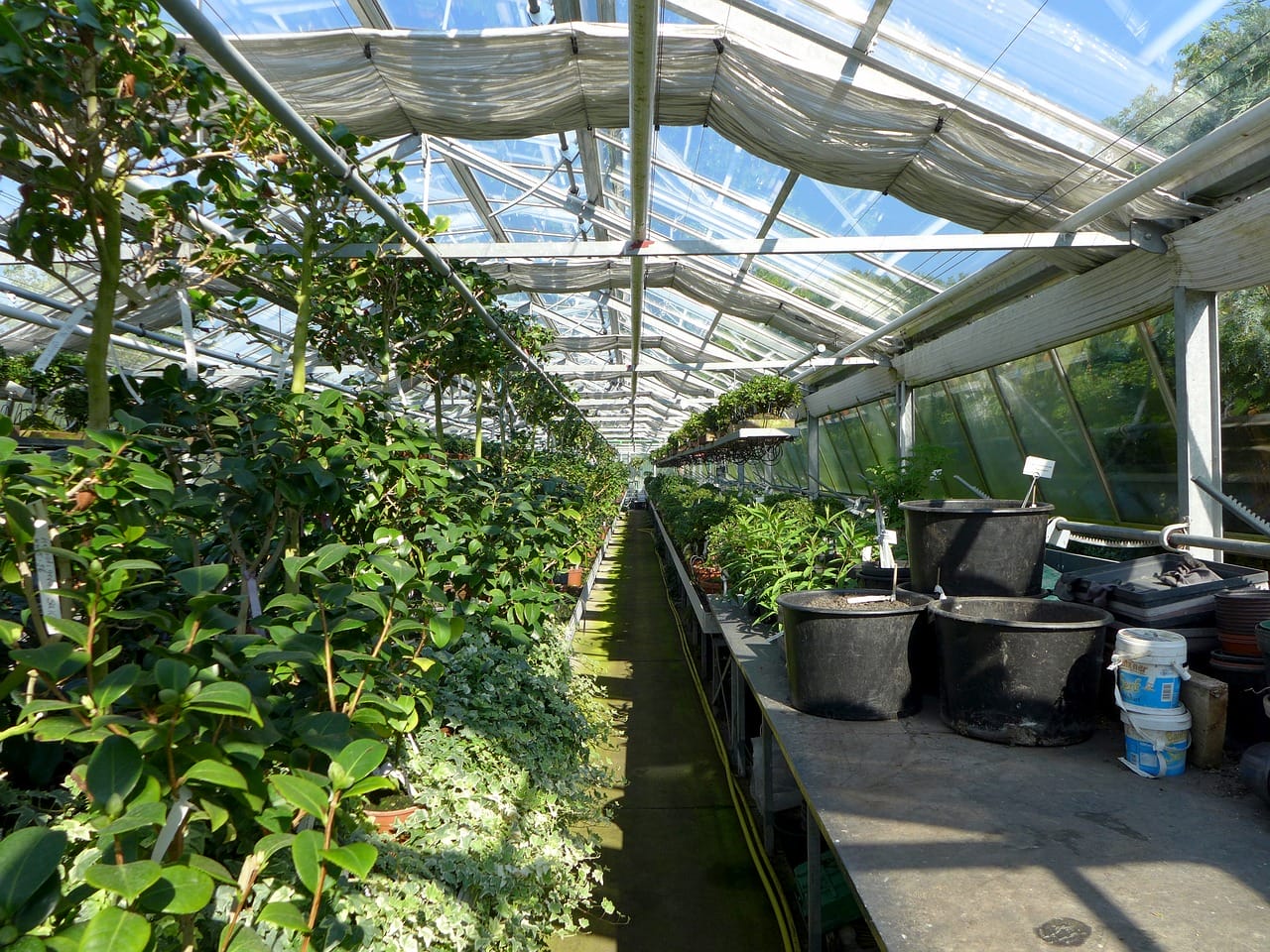
Delicate plants, especially those with tender leaves, can get sunburned if exposed to direct sunlight for extended periods. A shaded greenhouse acts like a protective umbrella, shielding these sensitive plants from the intense rays and ensuring they remain vibrant and healthy.
Growing shade-tolerant crops
Not all plants crave the spotlight; some prefer the understated elegance of the shade. Plants like ferns, hostas, and certain herbs naturally thrive in low-light or partially shaded conditions, where they only receive a few hours of sunlight per day.
A greenhouse in the shade becomes a haven for these shade-loving crops, allowing them to grow in their preferred environment and ensuring they reach their full potential.
Consistent moisture levels
Shade plays a crucial role in maintaining consistent moisture levels in the soil. Direct sunlight can rapidly dry out the soil, requiring frequent watering to keep plants hydrated. In contrast, a shaded environment ensures that the soil retains moisture for longer periods, reducing the need for constant watering and ensuring a stable environment for plant roots.
Reduced stress for plants
Plants, like all living beings, can experience stress. Excessive sunlight, especially in the middle of a hot day, can cause plants heat stress, affecting their growth and overall health.
By providing a shaded environment, you give plants a respite from the intense conditions, allowing them to grow at their own pace without the added pressure of battling the elements.
Extended lifespan for greenhouse materials
Believe it or not, the materials that make up your greenhouse degrade over time from sunlight exposure. In contrast to the more timeless glass greenhouses, polycarbonate greenhouses, despite their many benefits, degrade over time (although high-quality panels last up to 20+ years). Additionally, the tools, shelves, and other materials inside your greenhouse degrade more quickly when exposed to natural light.
By placing your greenhouse in a partially shaded spot, or by installing shade cloths, you not only benefit plants that prefer less light but also extend the lifespan of the greenhouse materials, reducing the need for frequent replacements or repairs.
Greenhouse placement tips
Conduct a site assessment
Before you set up your new greenhouse, take a moment to study your garden. The lay of the land, or topography, can greatly influence how sunlight hits your greenhouse. Drainage is another crucial factor; after all, you don’t want water pooling around your greenhouse after a heavy rain.
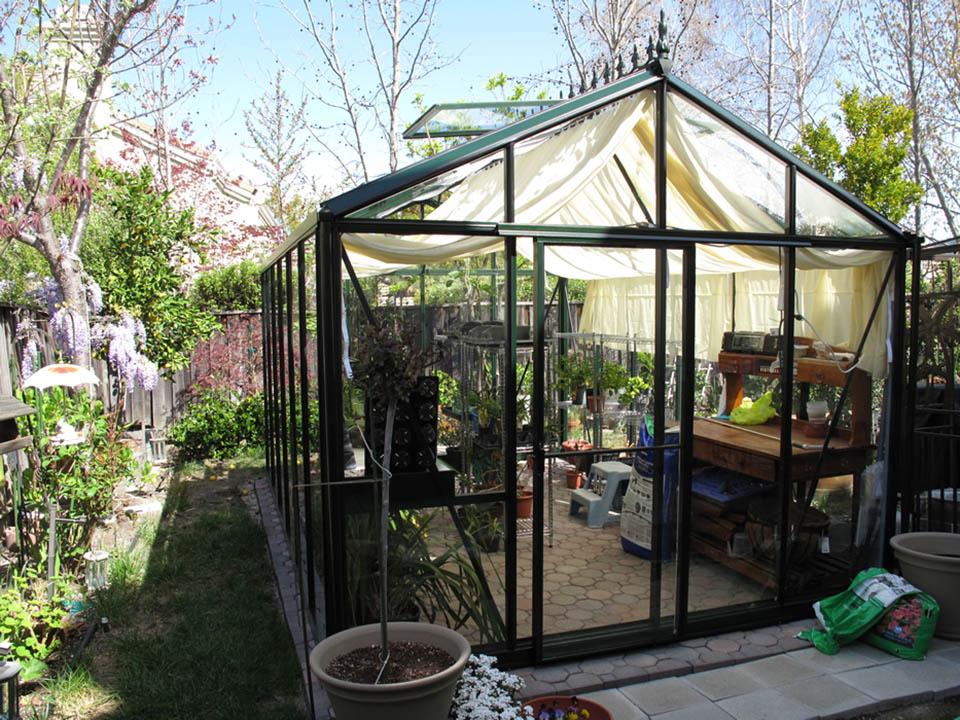
And don’t forget about those nearby structures, like tall trees or buildings. They can cast shadows, affecting the amount of sunlight your greenhouse receives. A thorough site assessment ensures you pick the best location for your greenhouse.
Utilise shading techniques
Sunlight is essential, but sometimes you might get more than you bargained for. That’s where shading techniques come into play. Think of them as sunglasses for your greenhouse. Retractable shade cloths can be pulled back on cloudier days and drawn on sunnier ones.
You can also apply a light-filtering coating on polycarbonate panels, like this one, to ensure that your plants get the right intensity of sunlight, reducing the risk of sunburn. If you’re growing a mix of plants, you might also consider placing more shade-tolerant crops behind or underneath the canopies of sun-loving crops, creating a lovely symbiotic relationship.
Add supplemental lighting if necessary
If the benefits of choosing a shadier site outweigh the benefits of one that receives sun all day long (or you have no other choice), you may find that there are times when you need or want a little extra light, especially when starting seeds or growing sun-loving plants.
If that’s the case, you might consider investing in artificial lights.
Explore portable greenhouses
Flexibility is the name of the game with portable or movable greenhouses, such as the Solexx 8ft X 8ft Early Bloomer Greenhouse. Seasons change, and with them, the sun’s position. With a movable greenhouse, you’re not tied down to one spot.
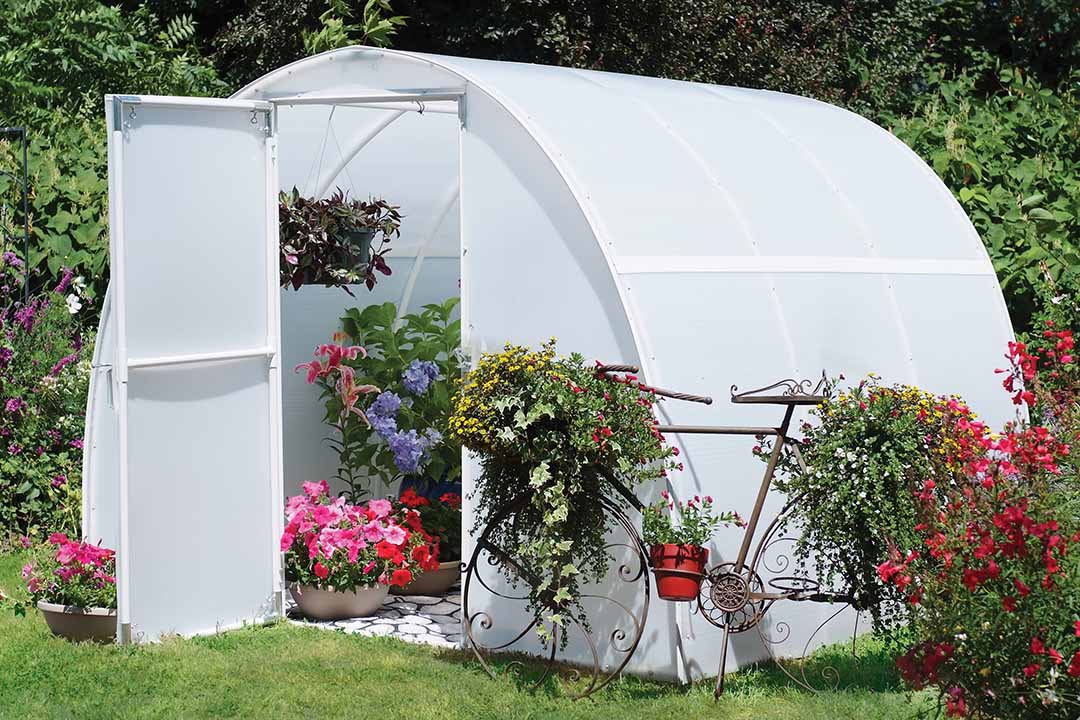
If one area of your garden gets better sunlight in the winter and spring, move your greenhouse there. Come summer and fall, you can shift it to a shadier spot. It’s all about adapting to the ever-changing conditions to give your plants the best environment to thrive.
Consider sun angles and duration
The sun doesn’t remain static; its angle changes throughout the year. In the winter, the sun is lower in the sky, while in the summer, it’s higher. When placing your greenhouse, consider these angles to ensure consistent sunlight throughout the year.
Additionally, keep track of how long certain areas of your garden remain sunlit. This will help in determining the best spot that offers a good balance of sunlight duration.
Prioritize ventilation
While sunlight and shade are vital, let’s not forget about airflow. Proper ventilation ensures that your plants get fresh air, prevents excessive heat buildup, and reduces the risk of diseases.
When deciding on greenhouse placement, consider areas that receive a gentle breeze. If natural ventilation is limited, think about incorporating vents or fans in your greenhouse to keep the air circulating.

